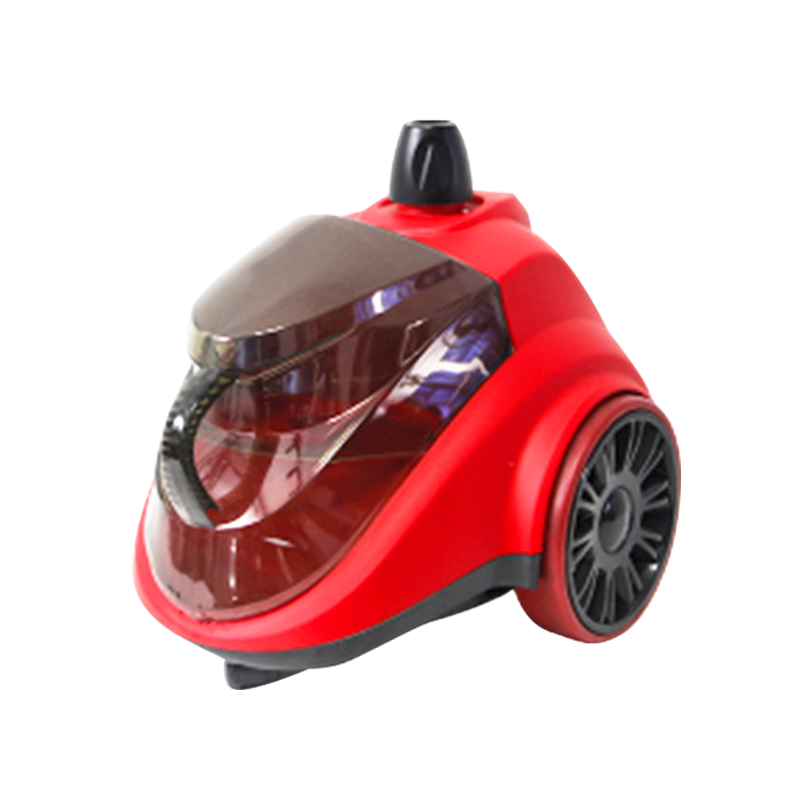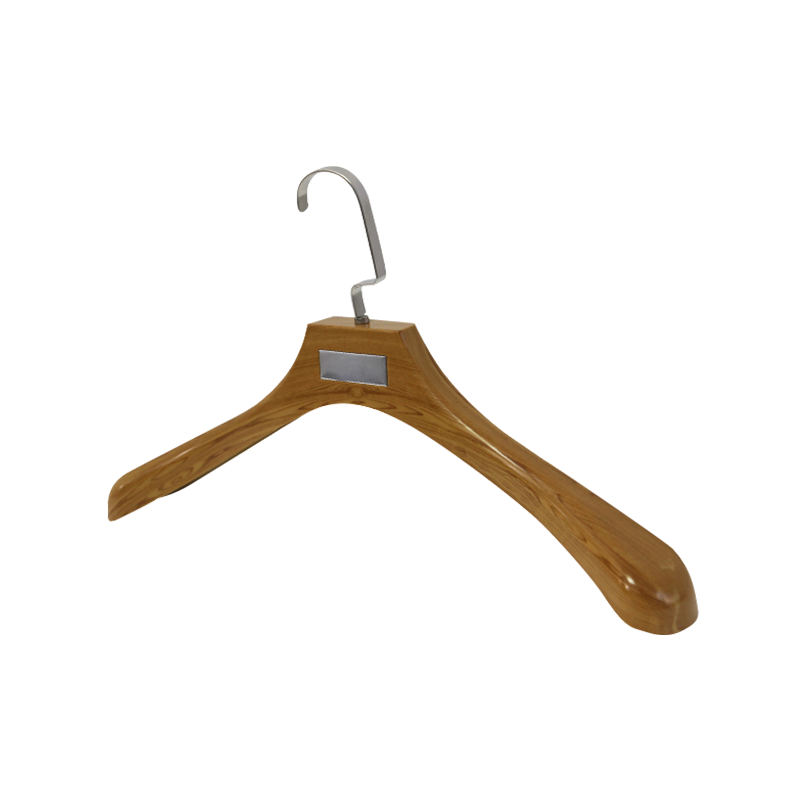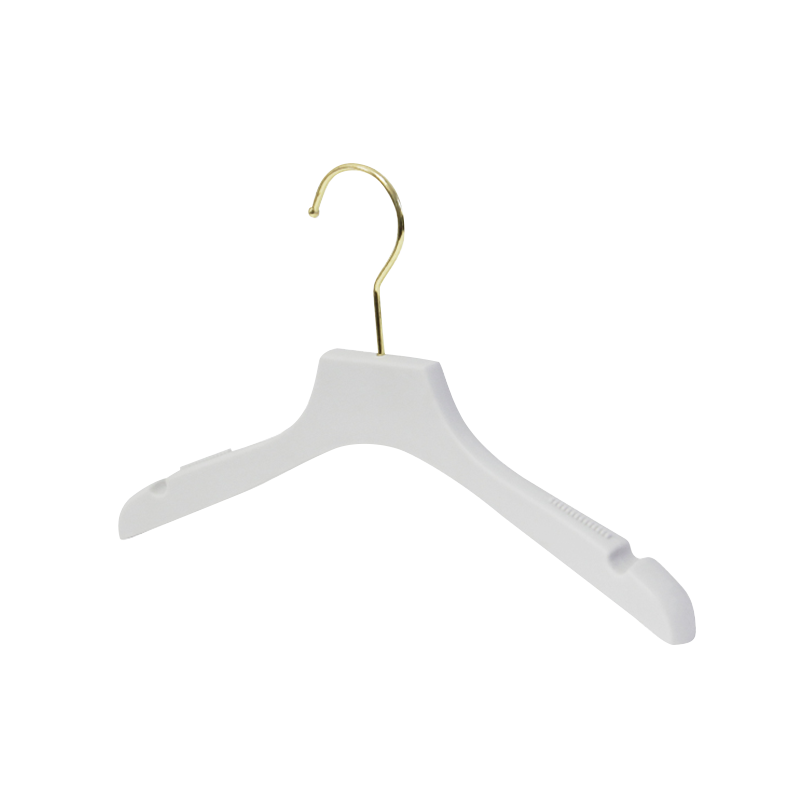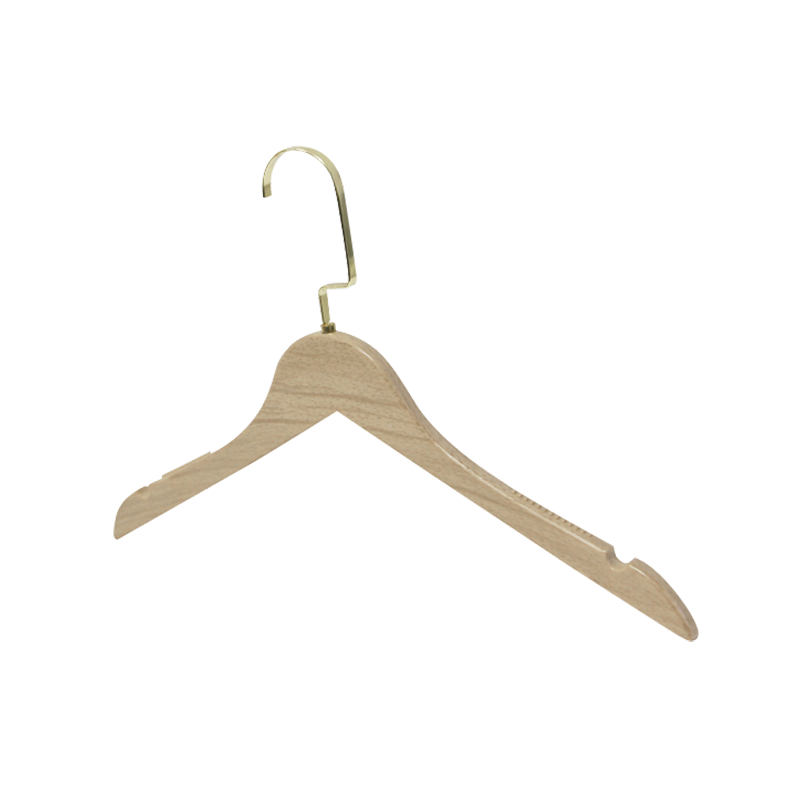Electric garment steamers have become popular tools for wrinkle removal and fabric care, offering a convenient alternative to traditional ironing. Their ability to quickly refresh clothes without direct contact makes them ideal for delicate fabrics and busy lifestyles. Understanding the composition of electric garment steamers provides insight into how these devices operate efficiently and safely.

An electric garment steamer consists of several key parts that work together to convert water into steam and deliver it safely and effectively onto garments. These components include the water tank, heating element, steam nozzle, pump or pressure system, and electrical controls.
The water tank stores the water that will be converted into steam during operation.
Material: Water tanks are typically made from heat-resistant plastics such as polypropylene or polycarbonate, which offer durability and safety. Some high-end models may use stainless steel tanks for better heat retention and durability.
Capacity: Tank sizes vary but usually range from 150 ml to over 2 liters. Larger tanks allow for longer steaming sessions without frequent refilling.
Design Features: Tanks often have a removable design for easy filling and cleaning. Some models include water level indicators to monitor remaining water.
The quality and size of the water tank impact the steamer's runtime and user convenience.
The heating element is responsible for rapidly heating the water to produce steam.
Type: Many steamers use an electric heating coil or plate made of materials such as nichrome (nickel-chromium alloy) due to its resistance to high temperatures and durability.
Placement: The heating element is placed in contact with or near the water reservoir, ensuring efficient heat transfer.
Power Rating: Heating elements typically range from 800 to 1500 watts, influencing the steam output rate and heat-up time.
Efficient heating elements enable quick steam generation, often within 30 to 60 seconds.
The steam nozzle directs the steam onto the garment, while the hose connects the nozzle to the main body.
Nozzle: Made from heat-resistant plastic or metal, the nozzle is designed to emit a steady, controlled stream of steam. Some nozzles feature multiple holes to spread steam evenly over fabric surfaces.
Hose: The hose is usually insulated to prevent heat loss and protect the user from burns. Flexible hoses allow ease of movement during steaming.
These components ensure safe and efficient delivery of steam to the fabric.
In handheld or portable garment steamers, a simple gravity feed may suffice, but larger or vertical models often include a pump or pressure mechanism.
Function: The pump helps push water from the tank into the heating chamber and ensures a consistent flow of steam.
Type: Electric pumps or pressurized steam chambers improve steam output consistency and effectiveness.
A reliable pressure system contributes to the steamer's performance, especially for vertical models.
The control panel allows users to operate the steamer and adjust settings.
Controls: Basic models have simple on/off switches, while advanced models include temperature controls, steam intensity adjustments, and indicator lights.
Safety Features: Common safety mechanisms include automatic shut-off when water runs low, overheating protection, and child locks.
These controls enhance user convenience and prevent accidents.
Additional Structural and Functional Elements
Besides the core components, several other parts are essential for the steamer's usability and durability:
Base Unit: Houses the electrical components and supports the water tank and heating element.
Steam Brush or Attachments: Many steamers come with fabric brushes, crease tools, or lint removers that attach to the nozzle to enhance steaming effectiveness.
Power Cord and Plug: Usually designed for easy handling, sometimes featuring swivel bases to prevent tangling.



 Language
Language  English
English 中文简体
中文简体 Español
Español русский
русский








